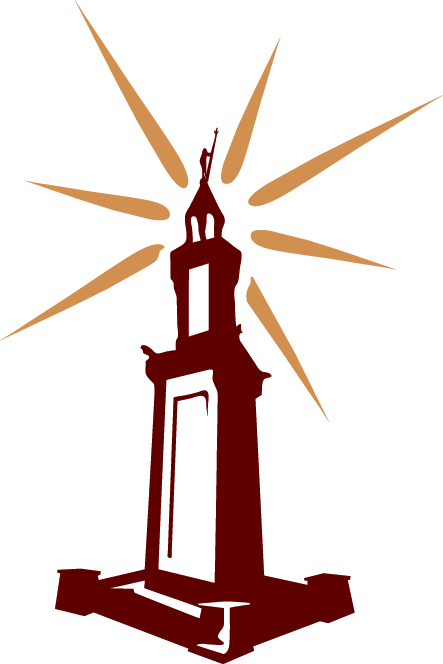We are pleased to share the following interview with Scott Fitzgerald Johnson. Johnson is the author or coauthor of several works on late antiquity and the cult of saints including the newly released Miracle Tales from Byzantium. This volume, which is part of the recently launched Dumbarton Oaks Medieval Library series, includes Johnson’s English translation of the fifth-century Miracles of Saint Thekla (alongside two Byzantine miracle collections translated by Dr. Alice-Mary Talbot). He is also the author of The Life and Miracles of Thekla, A Literary Study published by CHS and available in print via HUP. This busy scholar recently took the time to speak with us about his research, the relationship between ancient Greek hero cult and the early Christian cult of saints, and the “less acknowledged trends in Late Antiquity.”
CHS: You've now published two works dealing with Thekla. Who is this saint and what drew you to study and translate the literature associated with her cult?
SFJ: Thekla is a legendary female companion of St. Paul during his travels in Asia Minor (50s CE). I say legendary because there is no contemporary historical evidence for her life. Her fame arose during the late second century, as shown by a famous piece of Christian apocrypha called the Acts of Paul and Thekla (c.180 CE).
The fifth-century Life and Miracles of Thekla rewrites this original Acts of Paul and Thekla into a high Greek style and adds a new text of forty-six miracles contemporary to the fifth-century that Thekla worked posthumously. I was attracted to this work because it encapsulates to me what was happening to literature in eastern Late Antiquity: Greek writers were looking back for inspiration to classical and early Christian models, but were also engaging new forms of literature like the saint's life and the miracle collection. It was for me the best of both worlds, classical/early Christian and late antique/Byzantine.
My translation of the Miracles half of this text is available in the new Dumbarton Oaks Medieval Library series (the "medieval Loeb"). I worked with Alice-Mary Talbot, former director of Byzantine studies at Dumbarton Oaks, who translated two later miracle collections (Pege and Gregory Palamas). All three translations (with accompanying Greek text) appear together in Miracle Tales from Byzantium.
Read more
